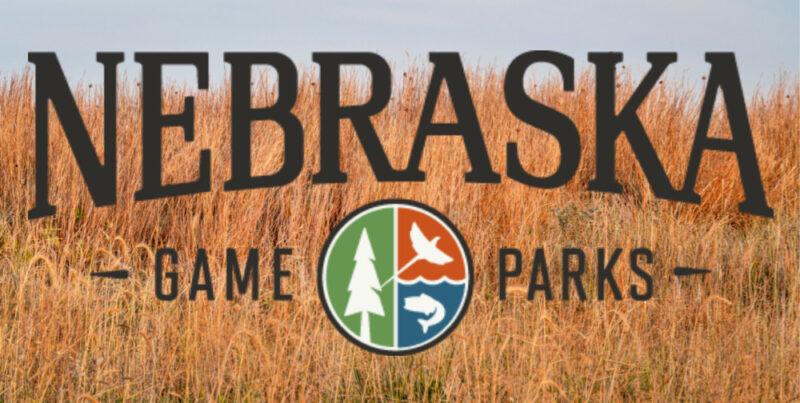![]()

Agricultural producers and private landowners can sign up for the general Conservation Reserve Program through March 29, 2024.
This conservation opportunity gives producers tools to conserve wildlife habitat while achieving other conservation benefits, including sequestering carbon and improving water quality and soil health.
The competitive program, administered by the United States Department of Agriculture’s Farm Service Agency, provides annual rental payments for land devoted to conservation purposes.
As one of the largest private lands conservation programs in the United States, CRP offers a range of conservation options to farmers, ranchers, and landowners. It has been an especially strong opportunity for farmers with less productive or marginal cropland, helping them re-establish valuable land cover to help improve water quality, prevent soil erosion, and support wildlife habitat.
General CRP helps producers and landowners establish long-term, resource-conserving plant species, such as approved grasses or trees, to control soil erosion, improve water quality and enhance wildlife habitat on cropland. Additionally, General CRP includes a Climate-Smart Practice Incentive to help increase carbon sequestration and reduce greenhouse gas emissions by helping producers and landowners establish trees and permanent grasses, enhance wildlife habitat, and restore wetlands.
The Nebraska Game and Parks Commission recognizes the importance of CRP for wildlife habitat and hunting opportunities. When managed appropriately, CRP provides cover for pheasants, quail, and other grassland species. Additional incentives through the Berggren Pheasant Plan or Open Fields and Waters Program may be available to CRP participants who are interested in going above and beyond minimum CRP requirements or providing public hunting access.
Read more about the Berggren Pheasant Plan or Open Fields and Waters Program at OutdoorNebraska.gov.
To learn more about CRP, interested landowners and producers should contact their local USDA Service Center, where they can apply for the program before applicable deadlines.
